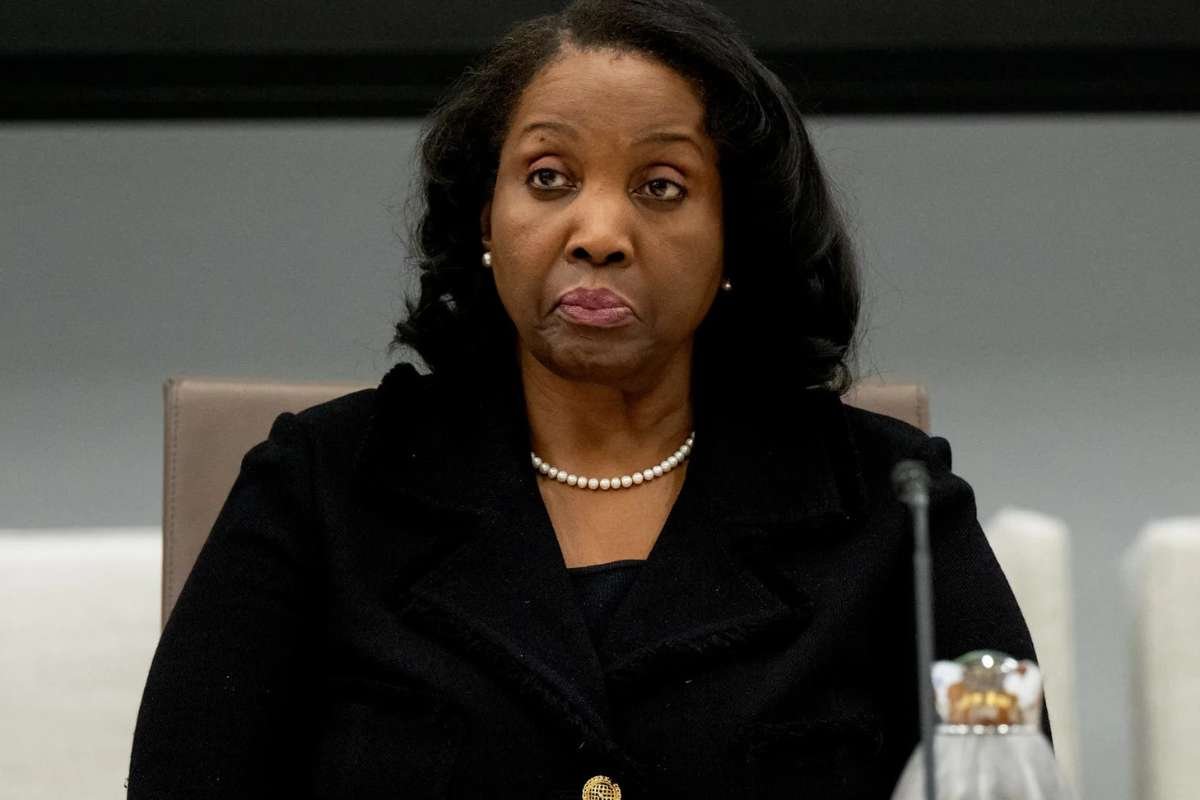Key Points:
- Trump Fed Governor Removal: Cook blocks Trump, citing Fed independence.
- Bipartisan Support: Experts warn that removal risks markets and credibility.
- Historic Impact: Ruling could reshape presidential power over the Fed.
Federal Reserve Governor Lisa Cook has asked the U.S. Supreme Court to block former President Donald Trump’s attempt in the Trump Fed Governor Removal case to remove her from office. In her legal petition, Cook argued that the move threatens not only her role but also the very independence of the Federal Reserve. The dispute arises from allegations of mortgage irregularities predating her appointment—charges she has denied.
Earlier this year, a district court barred the dismissal, ruling that Cook had likely been deprived of due process. An appeals court upheld that order, rejecting a request to fast-track her removal. Trump’s legal team has since turned to the Supreme Court, insisting that the president has the authority to act when misconduct is alleged. Cook’s lawyers counter that removing her before the courts fully resolve the matter would set a dangerous precedent, opening the door for presidents to target Fed governors for political reasons.
In her filing, Cook warned that such an action could shake investor confidence and disrupt global financial markets. She emphasised that the Federal Reserve was designed to operate free from partisan influence, and her removal would undermine that principle.
Bipartisan Support for Fed Independence
Cook’s position has drawn extraordinary support from across the political spectrum. A coalition of former Federal Reserve chairs, Treasury secretaries, and senior economic officials filed a joint brief urging the Supreme Court to reject Trump’s effort. Among the signatories are figures who have served under both Republican and Democratic administrations, underscoring the bipartisan concern over the potential erosion of the Fed’s autonomy in the context of Trump Fed Governor Removal.
Their argument focuses less on the allegations against Cook and more on the institutional risks of allowing a president to unilaterally dismiss a sitting governor. According to the brief, such a move would erode public trust, threaten the credibility of monetary policy, and unsettle inflation expectations. The group stressed that Congress explicitly designed the Federal Reserve Act to shield governors from political interference, granting presidents removal power only under narrow conditions such as proven misconduct—standards that must be tested in court.
Implications Beyond the Courtroom
The case now before the Supreme Court marks a historic first. Since the Fed’s creation in 1913, no president has ever removed a governor. A ruling in Trump’s favour would grant future presidents sweeping discretion to reshape the central bank to fit their political agendas, tying monetary policy more closely to electoral cycles.
On the other hand, a decision upholding Cook’s tenure would reaffirm long-standing safeguards that keep the Fed insulated from political pressure. Analysts say the outcome will shape not only Cook’s future but also the balance of power between the executive branch and the nation’s central bank.
For now, the Supreme Court’s ruling will determine whether Cook can continue serving while the underlying case proceeds. The stakes extend far beyond a single governor, touching the stability of the Federal Reserve and its ability to maintain independence in guiding the U.S. economy. The Trump Fed Governor Removal case could set a precedent with lasting consequences for central bank governance.









